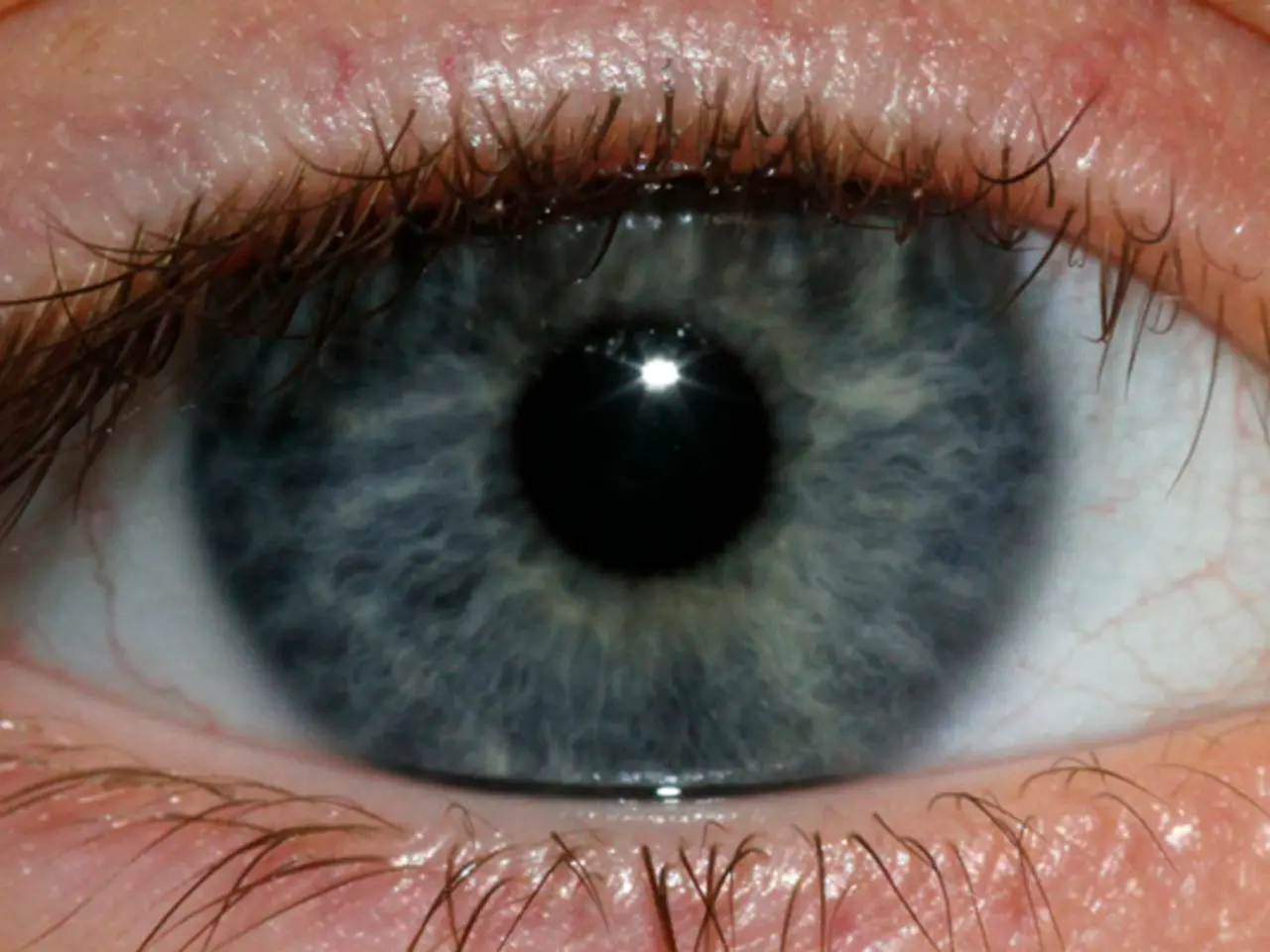Impact of Coconut Oil on Dry Eyes: Assessing Efficiency, Safety, and Further Details
In the realm of dry eye treatments, coconut oil has gained some attention as a home remedy. However, the current body of research on its safety and efficacy for human use is limited and inconclusive.
Coconut oil, with its anti-inflammatory, antimicrobial, antioxidant, and moisturizing properties, might theoretically support the lipid layer of the tear film, potentially alleviating dry eye symptoms. This is due to its potential benefits and lipid content that mimic those found in some commercial lubricating eye drops.
A 2015 study on rabbits found that virgin coconut oil was as effective as commercial lubricating eye drops in maintaining a protective layer and preventing tear evaporation, without causing harmful effects. Another study from the same year suggested that coconut oil could have potential as a rewetting agent in the eyes of rabbits when used as eye drops.
Despite these findings, it's essential to note that these studies were conducted on rabbits, not humans. More research is necessary to determine the safety, efficacy, and correct dosages of coconut oil for treating dry eyes in humans.
The use of homemade coconut oil for dry eyes poses a risk of contamination with bacteria or fungi, which can lead to serious eye infections. Unlike regulated pharmaceutical eye drops, coconut oil preparations are unstandardized, with no established safe or effective dosage for ocular use. This unregulated use raises concerns about safety and consistency.
Major clinical reviews and authoritative sources on dry eye supplements do not specifically endorse coconut oil as a treatment for dry eyes. Omega-3 fatty acids, which may be related due to their lipid content, have mixed evidence but no strong support for improving tear film moisture or eye lubrication.
While some commercial eyelid hygiene products combine tea tree oil and coconut oil for lid cleaning and relief of eyelid inflammation, these are not the same as direct therapy for aqueous tear deficiency. These products are formulated and regulated differently from homemade coconut oil applications.
In conclusion, while coconut oil may have a theoretical role in supporting the lipid layer of the tear film, the current state of research does not provide robust clinical evidence for its safety and efficacy in treating dry eyes in humans. Its unregulated use poses contamination risks that can cause serious eye complications.
Patients should consult eye care professionals before using coconut oil or similar home remedies for dry eye treatment. In the meantime, there are other measures that can help manage dry eyes, such as wearing eye protection, avoiding wind, smoke, and air conditioning, drinking plenty of water, limiting screen time, using a humidifier, getting sufficient sleep, and eating foods rich in omega-3 fatty acids. As always, it's crucial to consult a doctor before combining any treatments, including medications or other natural remedies, with coconut oil for dry eyes.





